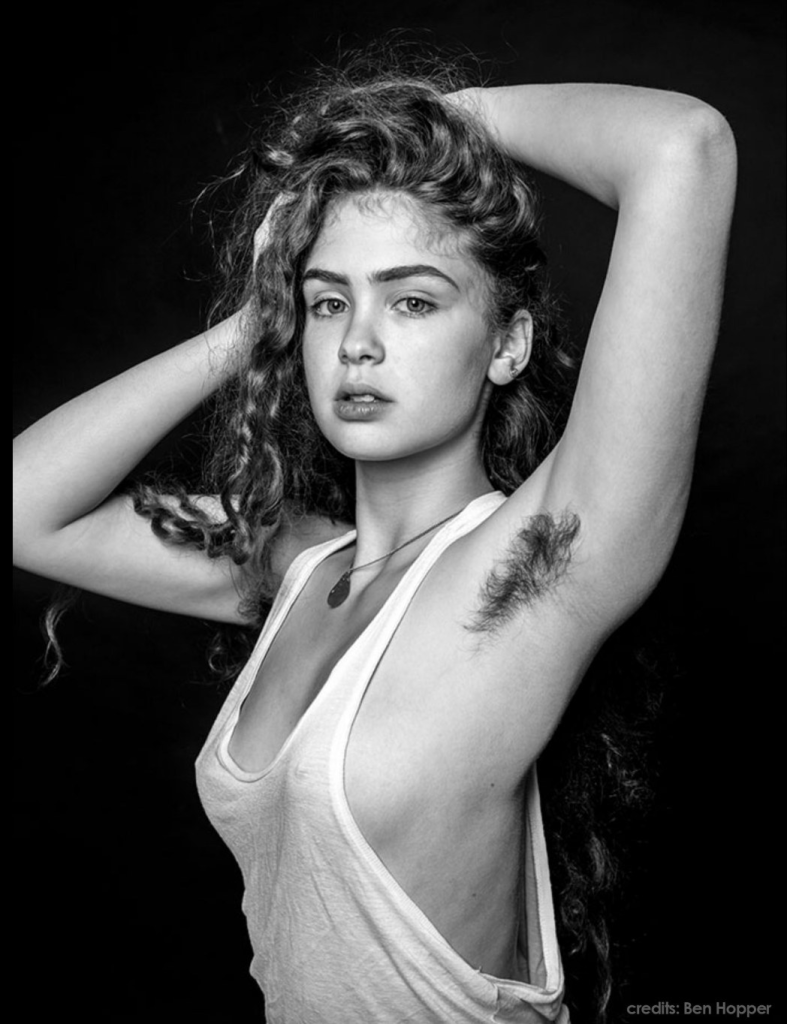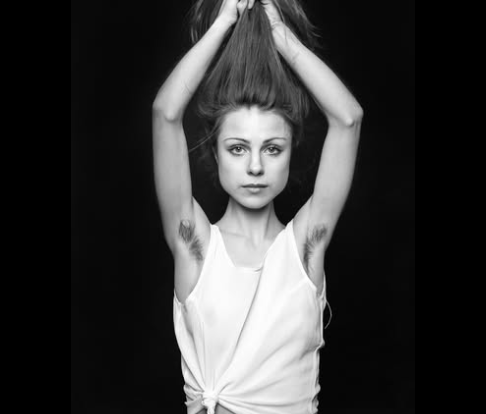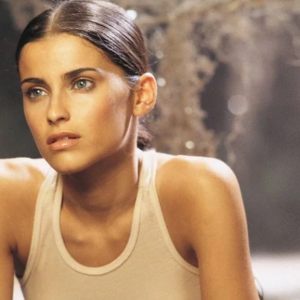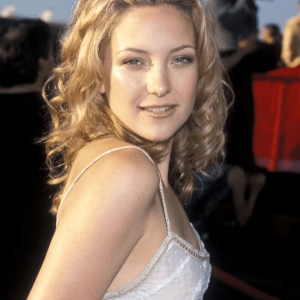For generations, women have been bombarded with one clear message: body hair is bad. Smooth, hairless skin has long been presented as the gold standard of feminine beauty. But a striking photo series titled Natural Beauty by London-based photographer Ben Hopper is boldly questioning that message — and it’s shaking up perceptions in all the right ways.
Instead of hiding what’s natural, this series celebrates it. Armpit hair, often labeled as “gross” or “unladylike,” becomes a symbol of power, authenticity, and rebellion.

A History of Hair Removal That Runs Deep
Before razors, lasers, or waxing salons existed, body hair removal was already part of human culture. From sharpened seashells in the Stone Age to metal tweezers in ancient Egypt, people — especially women — have long been encouraged to get rid of their natural fuzz.
Charles Darwin’s theory of evolution didn’t help much. His idea that less body hair meant more “evolutionary advancement” added fuel to a growing fire. Suddenly, hairlessness wasn’t just aesthetic — it was social currency. It implied civility, intelligence, and desirability.
Fast forward to the 20th century, and things only got worse. By the 1900s, marketing campaigns, fashion, and Hollywood had hardwired the idea that hairless equaled beautiful. For women, removing body hair wasn’t just encouraged — it became an unspoken rule.
Video: “Natural Beauty” Photo Series Challenges Restricting Female Body Hair Standards
The Shame Game: How Body Hair Became a “Flaw”
Heather Widdows, author of Perfect Me: Beauty as an Ethical Ideal, explains the emotional weight behind all this. “Most women feel like they have to shave,” she says. “There’s something deeply troubling about that.” She’s right. It’s no longer about preference — it’s about pressure.
Women are told, directly and indirectly, that having body hair makes them dirty, undesirable, even unfeminine. Armpit hair, in particular, is cast as offensive. The words used to describe it? Repulsive. Masculine. Grotesque.
It’s no wonder most women grow up seeing body hair as a defect, not a feature.
Natural Beauty: A Visual Rebellion
That’s where Ben Hopper’s project comes in. Launched in 2007, Natural Beauty is a provocative photo series that pairs high-fashion imagery with something refreshingly real — female armpit hair.
Shot in crisp black and white, the photos don’t hide anything. The women are posed confidently, eyes locked on the camera, unapologetic and raw. The contrast between their polished makeup and visible underarm hair is striking — and intentional.
“The idea was to contrast the standard ideals of beauty with something that’s been heavily stigmatized,” Hopper explains. “I want people to ask themselves why female armpit hair is so taboo.”
Voices of Liberation: What the Women Say
The models in Hopper’s series aren’t just posing — they’re sharing. Their quotes are woven throughout the series, bringing deeper meaning to the images.
One model, known as Kyotocat, said growing out her armpit hair made her feel free. “It felt like being able to breathe,” she reflected. “It was incredibly comfortable too. I felt a confidence and boldness returning, like I was replenishing some kind of primal power.”
Sophie Rose, another participant, found joy in the shock value. “I really enjoyed people recoiling in disgust — it was funny,” she said, noting that refusing to conform gave her a sense of inner strength.
For Gabriela Eva, the transformation was emotional. “It made me feel natural and vulnerable at first, and eventually empowered,” she said. “Now I feel more beautiful with it than without.”
Comfort Over Conformity: A Personal, Not Political, Act
Interestingly, not every model sees their choice as revolutionary. Some, like Sienna, just wanted to feel comfortable. “I don’t think women refusing to shave should necessarily be considered a radical act,” she noted. “I don’t want my body to always be read as a political space.”
That sentiment is echoed by Swedish actor Emilie Bostdt. She called it “weird” that letting your body grow naturally is seen as a political statement. “And that’s exactly why I do it,” she added.
For these women, it’s not about making a scene — it’s about reclaiming control. Their bodies, their rules.
Shifting Perspectives: Redefining What Beauty Really Means
Video: This Woman is Proud of Her Body Hair
Hopper insists he’s not trying to spark a mass body-hair movement. “I’m not saying every woman should grow their armpit hair,” he clarified. “I just want people to question why it’s such a big deal.”
That’s the heart of the matter. Why do we place so much value on something as trivial as armpit hair? Who decided hairless was better? And why do we still follow those rules today?
When we challenge these ideas, we open the door to a broader, more inclusive definition of beauty — one that allows room for authenticity, difference, and self-expression.
Beauty Without Borders: What Comes Next
Natural Beauty is more than a photo project. It’s a mirror. It forces us to confront how conditioned we’ve become to accept narrow beauty standards. It asks us to examine what we’ve labeled “normal” — and who benefits from those definitions.
The tide may be turning. Conversations like these are gaining momentum. Social media platforms are spotlighting influencers who embrace their body hair. Campaigns are featuring diverse representations of femininity. And most importantly, more women are finding the courage to say, “This is who I am — take it or leave it.”
Conclusion: Owning What’s Natural Is the New Beautiful

What started as a bold artistic experiment has grown into a cultural conversation. Natural Beauty isn’t just about body hair — it’s about ownership, identity, and freedom. It reminds us that beauty should never come with conditions or shame.
So the next time someone flinches at the sight of female armpit hair, maybe it’s time to ask — Why does it bother you so much?
Because sometimes the most powerful statement a woman can make… is doing absolutely nothing at all.
Would you like a second version of this article with a more dramatic or emotional tone?


